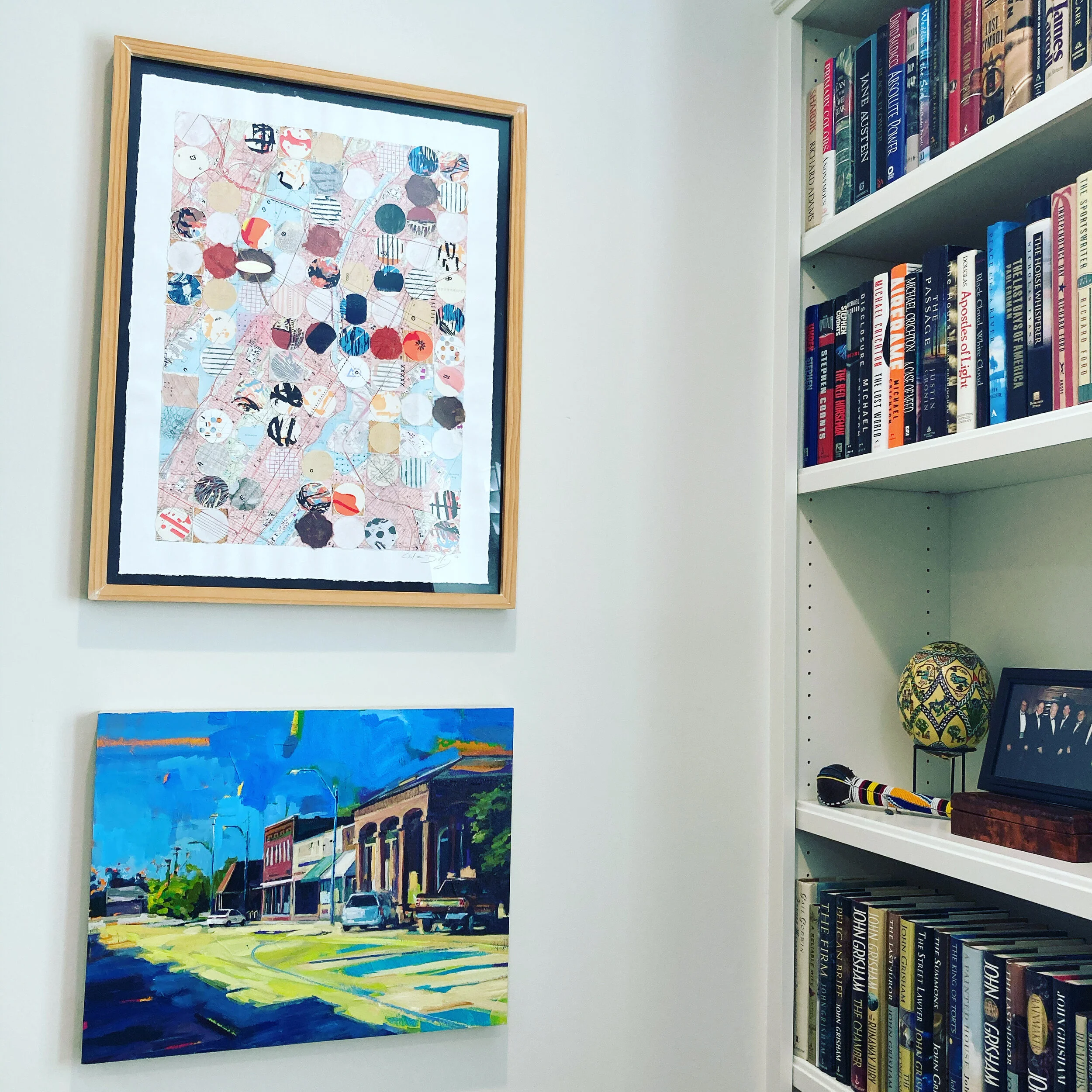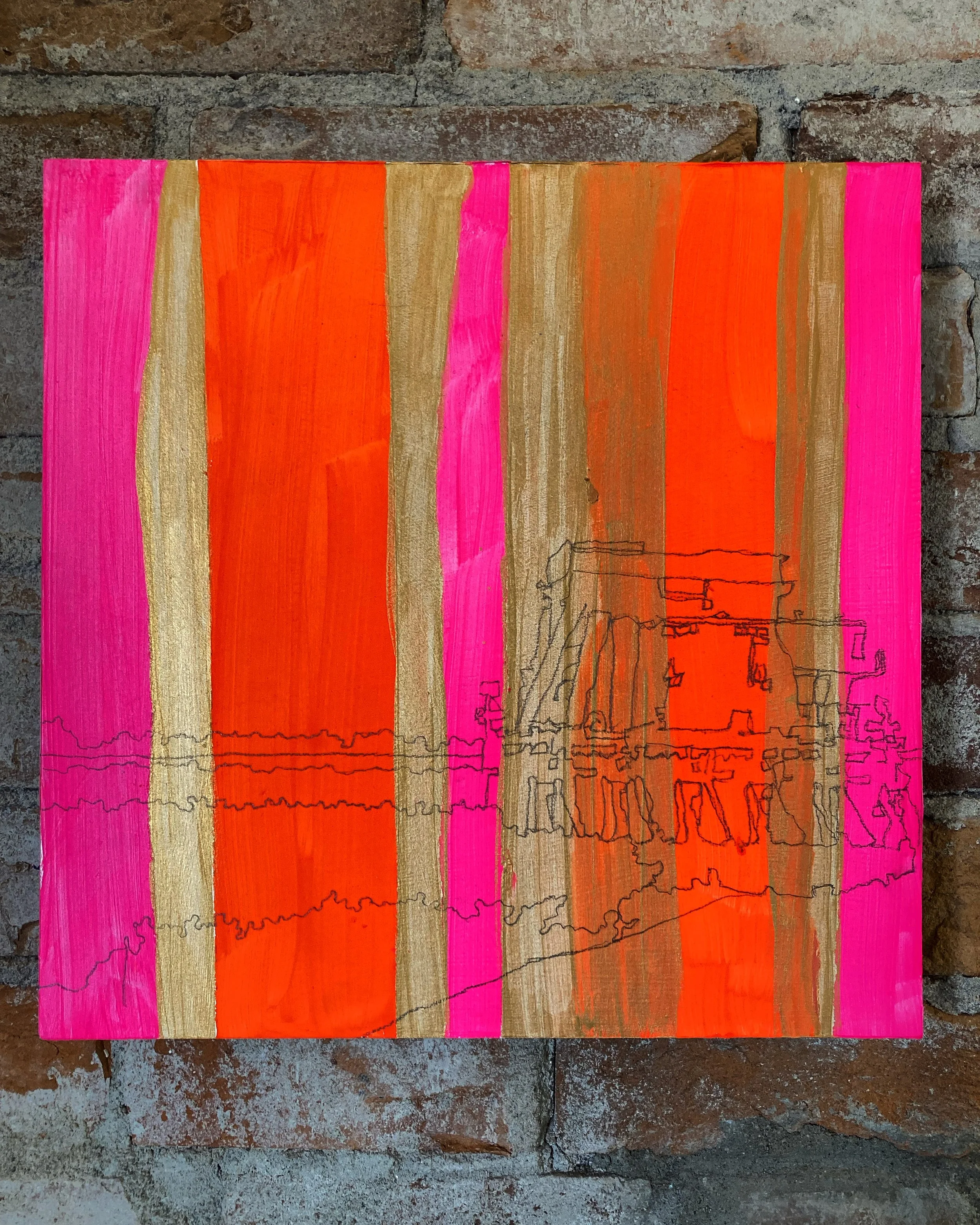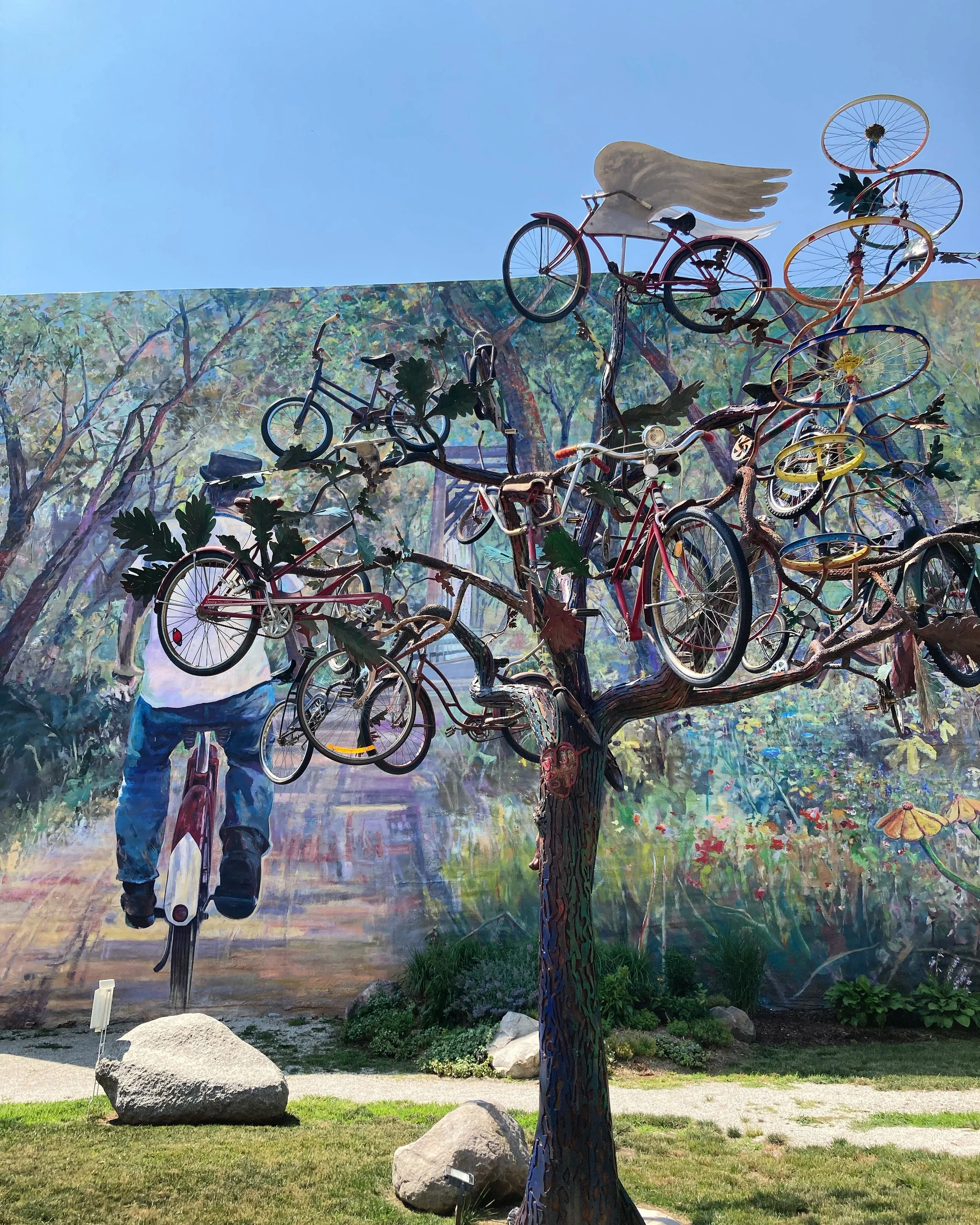I’m so delighted to feature my friend (and one of my favorite artists, period) Akwi Nji in the community artist interview series, For the Common Good, as she truly encapsulates the essence of what this series celebrates. Each participating artist responds to a series of questions about how their personal and community creative practices align. It’s my hope that these interviews provide insights into how and why artists work with communities, both to artists aspiring to do this work, as well as to communities who strive to engage more creatively with their residents.
Read MorePainting is hard - particularly at the end of the process. Two steps forward, nine steps back. A great deal more time staring at the easel than actively painting.
Read MoreWe often don’t know what we don’t know, which can be paralyzing when starting something new. This POW will prompt you to have necessary conversations with yourself, your collaborators, and your community, such as: “What are we really trying to do here? Why does it matter? What is our timeline/budget/materials? Who’s doing what by when? How do we know if this has been a successful effort?”
Read More“On May 13, 2021, history was made once again in Marks, Mississippi. After three years of planning and hard work… the Civil Rights Marks Mule Train Interpretive Trail was unveiled to commemorate the 53rd Anniversary of the 1968 Mule Train & Martin Luther King, Jr’s Poor People’s Campaign.
This historic trail showcased eleven markers, displaying the history and activities, which took place fifty-three years ago of Dr. King’s visit to Marks/Quitman County, and earned Marks the duly distinction of being known as the ‘Home of the Mule Train.’ ” Text by Velma Benson-Wilson and Cynthia Goodloe Palmer
Read MoreSay what?
Artist who?
In a sentence, Artist Relocation Programs attempt to lure artists to live and work in their communities, knowing full well that artists can transform places.
Read MoreIf you’re a civic leader, or part of a community organization, you may consider the benefit of inviting a local artist to be a part of what you’re doing. Or you could invite a non-local artist to live in your community for bit. We creatives thrive on transforming a set of challenges into a new possibility. Our brains are wired to see potential, to see something better.
Read MoreGreetings! In this final installation (see what I did there) of how to hang art on your walls, we’ll be going over the nuts and bolts (ha) of the hanging part, i.e. what tools you need, measuring formulas, and best practices for showcasing your work in the best light possible (it’s just too easy).
Read MoreMy awesome intern Paige created this short video about the evolution of Deep Roots, the final painting inspired a conversation I had in 2019 with Drick Rodgers and Julia Rodgers Clark in Rolling Fork, Mississippi.
Read MorePlacing art within a space can be intimidating, particularly if you’re a newbie. Where should it go? How do you create a meaningful visual experience in your home? Do you need all new furniture to match new work? And finally, how do you hang art, particularly if you’re allergic to power tools?
Let’s walk through some of these questions one by one.
Read MoreLast week, I wrote a little about discerning whether you need a frame or not.
And you may have thought “I just spent a bunch of money, so it’d be great NOT to frame” or decided “I want to display my cool postcard or print collection and I do NOT want to wait until I can afford frames for all 78 of them.”
Congrats! You’re not alone! And you have lots of options!
Read MoreI once taught a class at Iowa State University on how to run a gallery and how to use the gallery to engage the local community. One of the first classes each semester was on how to install an art exhibition. This involved spreadsheets, cleaning supplies, post-it notes, levels, drills, and lots of math. I get a lot of questions from friends and family on the reg about where and how to frame and hang their art, so I thought I would share some insight.
Read MoreWelcome back! For the past two weeks, we’ve discussed why you should begin an art collection, and how to start an art collection. This final segment is a best-practices-approach to buying art: connecting with artists, supporting their practice, and purchasing their work.
Read MoreMaybe you definitely would like to support more artists and buy more art, and you have no idea where to begin. You’re in luck! Here are a couple steps to get you clear on the art and artists you’d like to support, plus a few ideas on how to find these wonderful folks.
Read MoreTrue confession: It took me 34 years to call myself an artist. I’m embarrassed to say that I associated that label with a whole mess of bad connotations that I mistakenly bought into and wanted to avoid. I also had major imposter syndrome, and being told by a former professor that I didn’t have any talent really didn’t help matters.
Read MoreI made a short video about the creation of Ingrained Care, a new painting inspired a conversation I had in 2019 with Drick Rodgers and Julia Rodgers Clark in Rolling Fork, Mississippi.
Read MoreRecently, I co-facilitated How Can Community Arts Help People Feel Like They Belong in Your Town?, a Small City Workshop for the Iowa League of Cities.
This workshop is part of the Rural Shrink Smart initiative, a interdisciplinary team funded by the National Science Foundation that's exploring how to increase the quality of life in rural communities with shrinking populations.
Creatively, I've been mulling over patterns. Literal and physical patterns in our environment, such as architecture, wallpaper, row crops, as well as cultural patterns. How single motifs or behaviors add up in meaningful ways over the course of a lifetime of a person or a landscape or a community. How we repeat the same societal patterns over and over and over until they become calcified habits in our communities, no matter the cost or damage.
And how change happens in spite of all that.
(You know. Breezy stuff.)
Here's how that's starting to show up on the easel.
Read MoreWhen I first started working for Iowa State Extension and Outreach, I learned to focus on the assets a town has and not on their deficits. I’ve found this to be so helpful and so effective. I grew up in Mississippi and I’ve lived in Iowa for the last 15 years. In both states, I spend a lot of time driving around and listening the stories. It’s the best part of my job. In each new community I visit, I inevitably meet hear about someone doing some really creative thing to make their community better. These folks are scrappy – pulling together local resources and assets and talents together that’s grassroots, creative, and locally impactful.
Read MoreLast month, I was invited to participate in the Placemaking in Small & Rural Communities Virtual Conference hosted by the amazing Arts Extension team at the University of Kentucky. (They are the OG of community arts extension and rural placemaking.)
I thought I’d share a few key points from that presentation over the next few weeks, including 4 common themes that I’ve noticed in effective and inclusive rural placemaking efforts.
Read MoreA topic that arises fairly frequently in my work is:
How can I support artists if:
I can’t afford to buy their work,
I’ve already bought their work/seen their performance
I don’t have room for their work in my home,
I can only buy so many books, see so many performances, etc, etc, etc.
Well, friend, this list is for you.
Read More


















